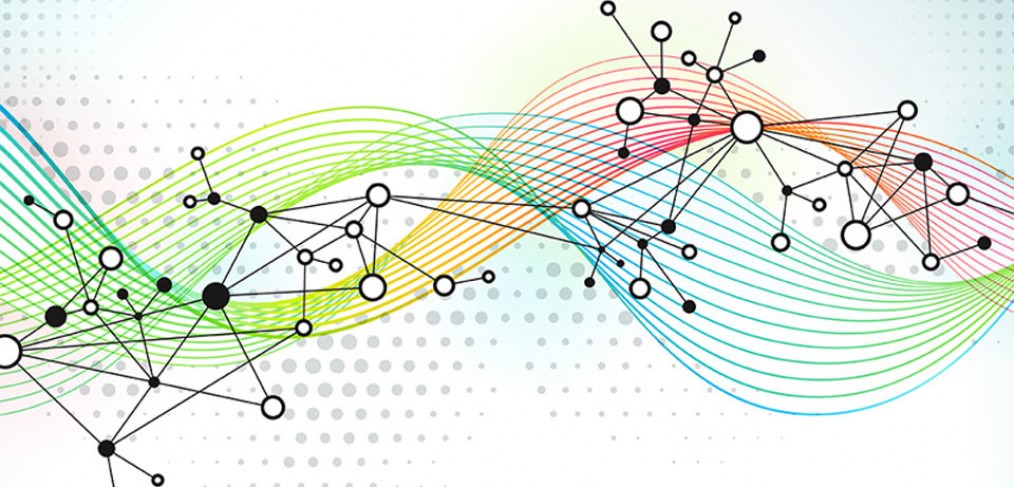
Sustainability Through Data-Driven Design
Recently Eddy Santosa and I ventured to the “Data-Driven Design Forum,” an exciting conference where local and national firms meet to share and spread new ideas about sustainability through showcasing successful completed works. As members of Callison’s sustainable design team, Eddy and I were there to see new up and coming design trends such as Net Zero design, as exampled in the Bullitt Center, and new computer modeling techniques for natural daylighting. These are all techniques that are currently in use at Callison, and in seeing them it was nice to reaffirm our status as a firm that also resides on the cutting edge of sustainability.
If you’re not a sustainability architect you might be asking, what is Data-Driven Design (DDD) and what does it have to do with sustainability? DDD in its essence allows architects, designers and engineers to collect data that analyzes building performance (e.g., energy usage) under various circumstances. Over time that data, which can be collected from computer modeling or real world measurements, gives designers the ability to decrease energy usage by incorporating certain efficiencies into architectural plans. For example, at Callison we primarily focus on the data obtained from the Department of Energy website that tracks weather patterns. By understanding these weather patterns we’re able to alter the bearing and shape of buildings based on sun and wind exposure. Taking these environmental effects into account we’re able to increase our buildings efficiencies, depending on the climate, by maximizing shade time and utilizing natural cross ventilation for cooling, yet still allowing for natural daylight to decrease the need for artificial lighting.
The Bullitt Center, Seattle’s first net zero office building by the Miller Hull partnership, is an excellent example of this data in action. Data collected at the conception of the design came primarily from an early energy-modeling program called E-quest that comprehensively predicts buildings energy consumption. By running multiple simulations against preexisting designs that benchmark sustainability, designers can choose the most appropriate building attributes to integrate based on climate, location and usage.
A presentation that particularly fascinated us, from Dr. Carl Hensman of the Bill and Melinda Gates foundation, outlined the importance of water conservation in relation to sustainable energy concepts. Dr. Hensman, pointed out stats that show increased energy consumption correlates with increased water usage. He discussed the importance of “reinventing the toilet” to minimize water and energy usage―driving home that sustainable design is a two pronged effort that must focus on both reducing carbon emissions and the practice of conserving life sustaining resources.
The Forum was stimulating for Eddy and I not just because of the amazing work of our industry peers, but also because Callison is actively promoting and participating in the same practices. Recently, Callison trained eight new energy modelers in all of the aforementioned programs. On top of that we’ve created The Matrix by Callison, an online collection of strategies with open accessibility that helps promote sustainable design. At Callison it’s our belief that the more we share, the faster sustainability will grow and develop much like the open source computer programs that have helped shape the digital world. All in all, it feels wonderful realizing that we’re all integral parts of something so important and so much larger than ourselves.
By Anton Toth
